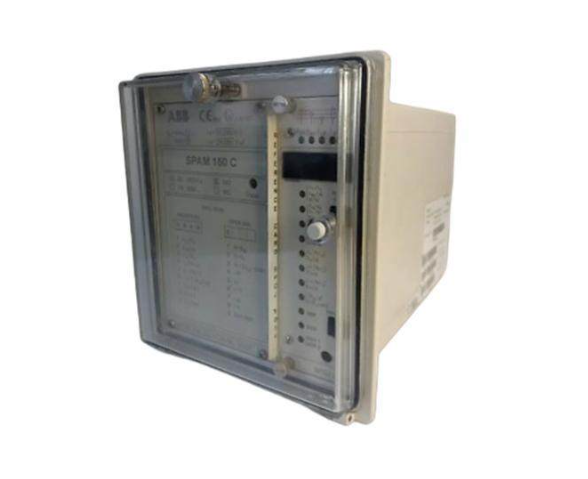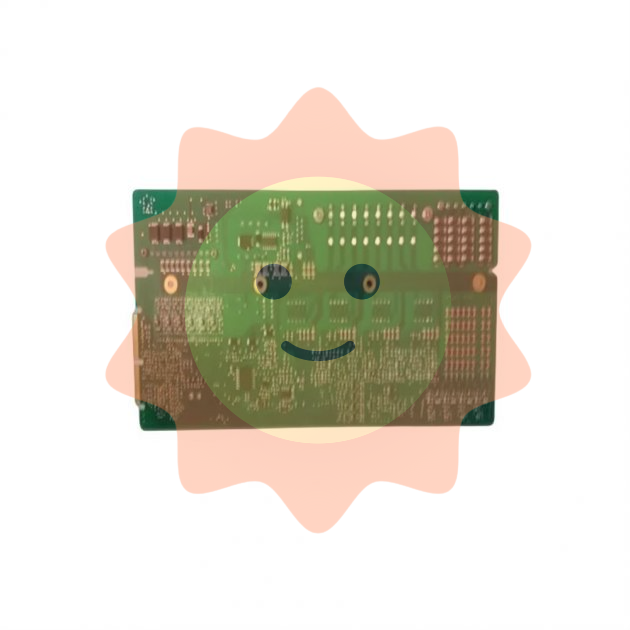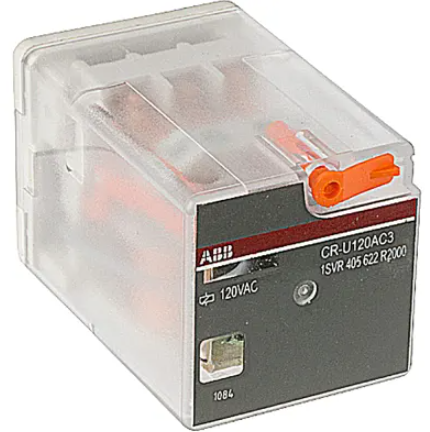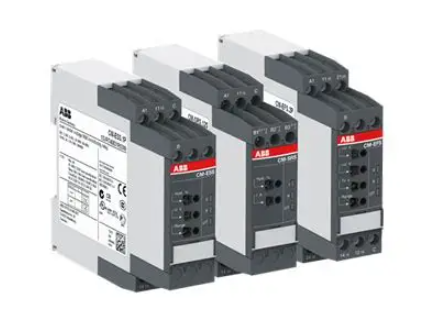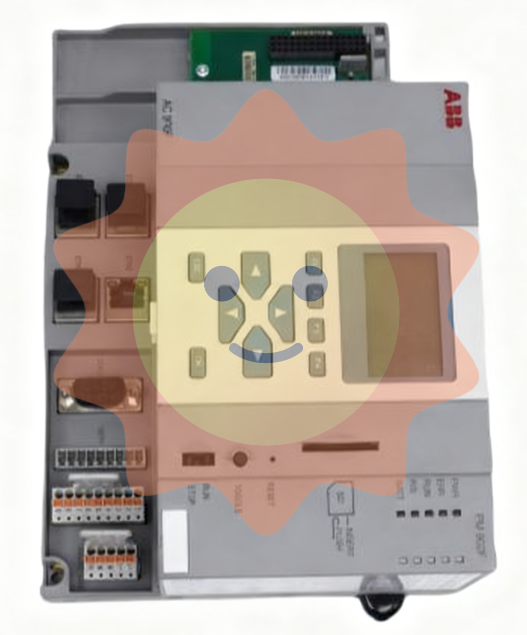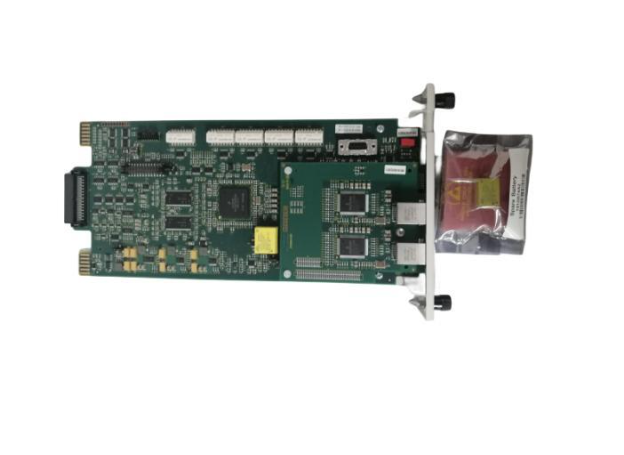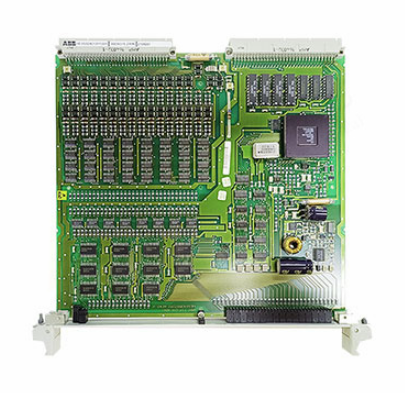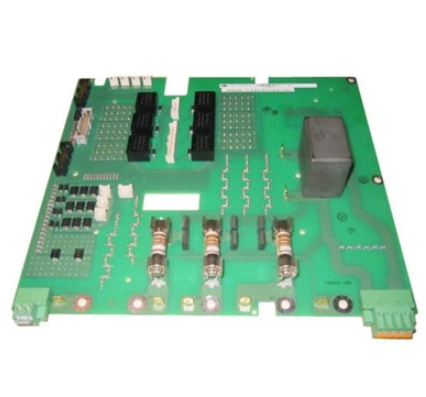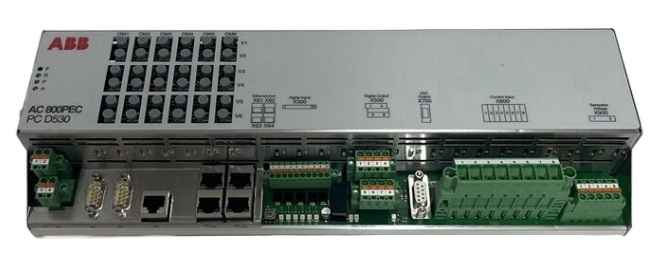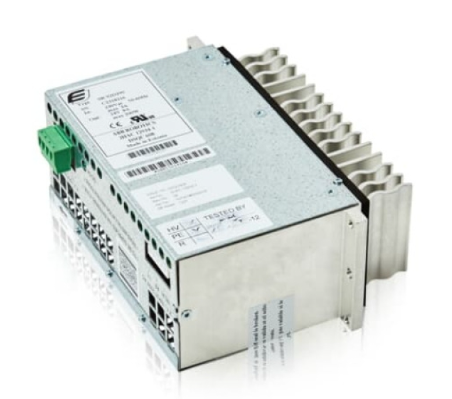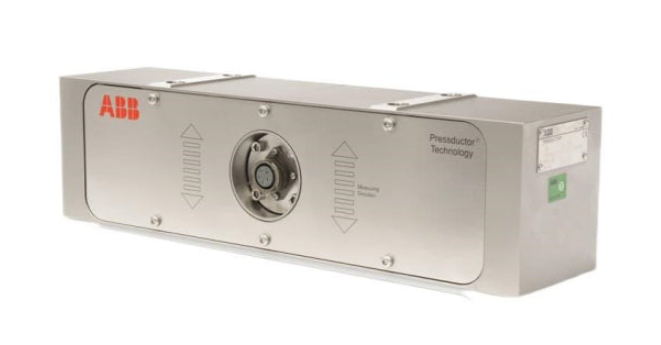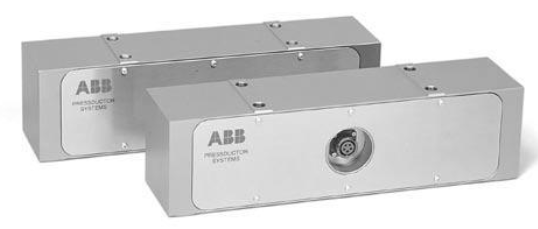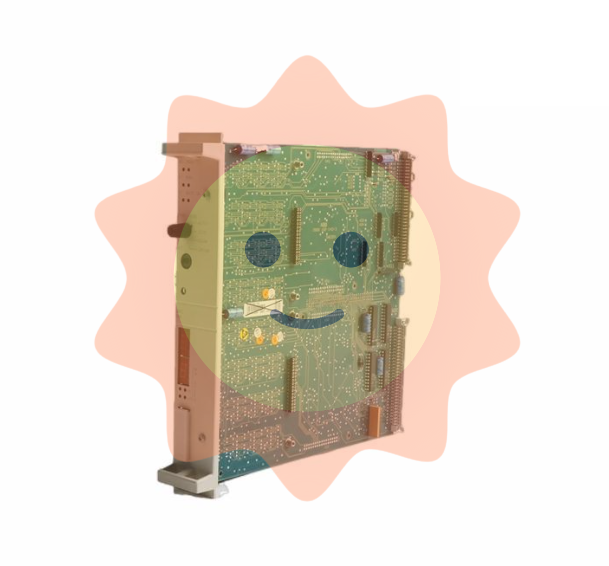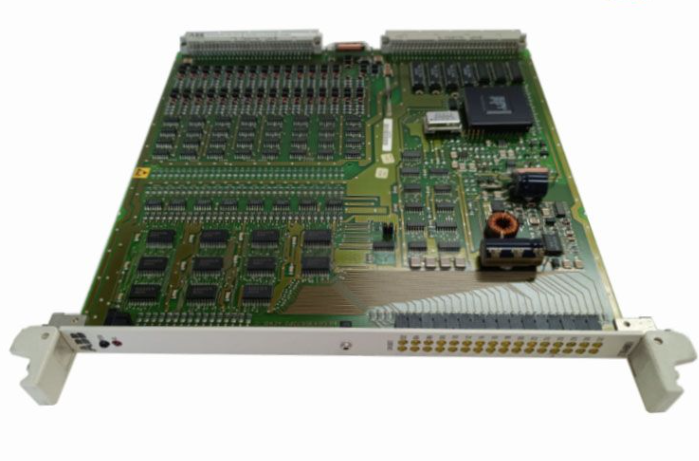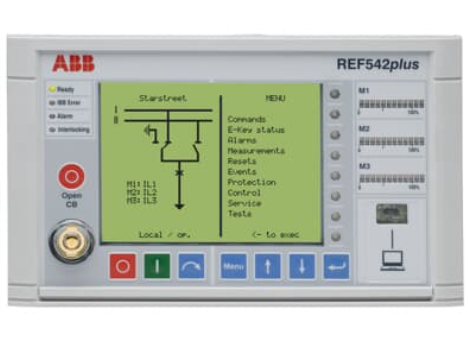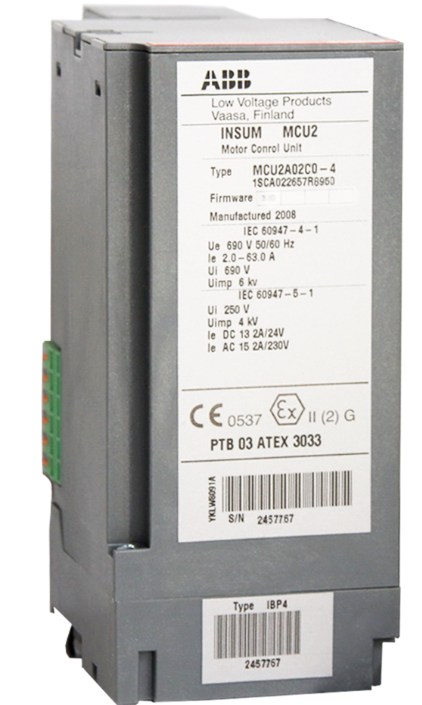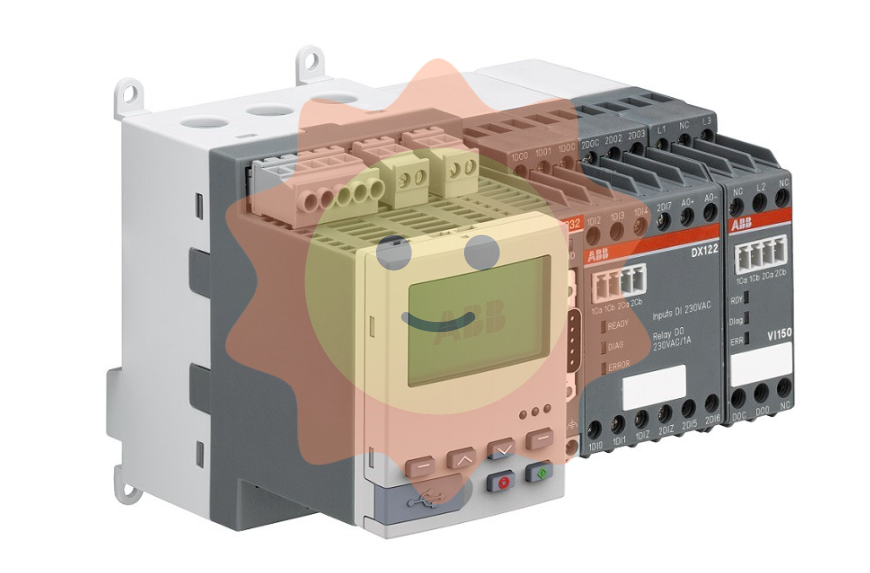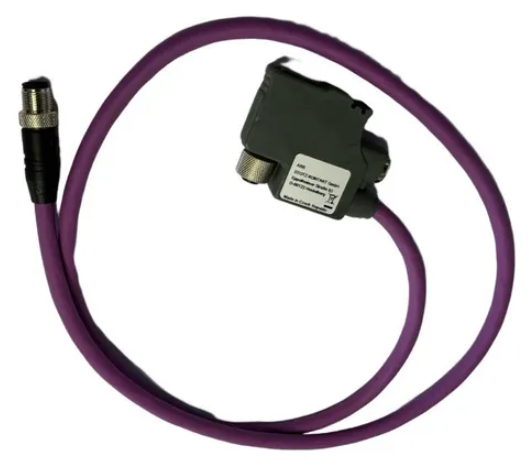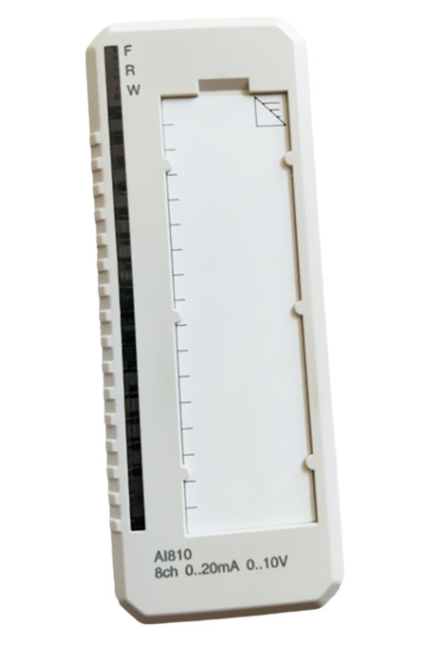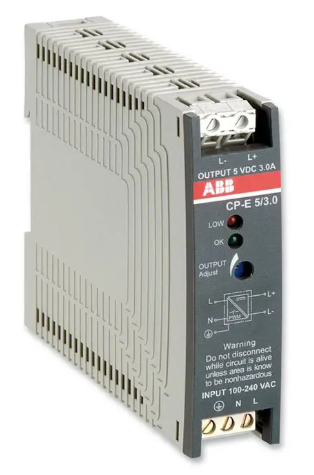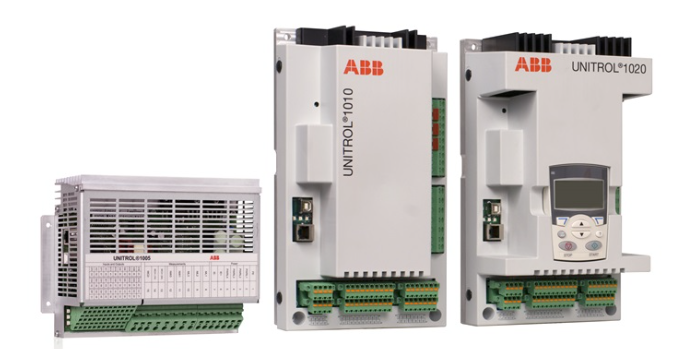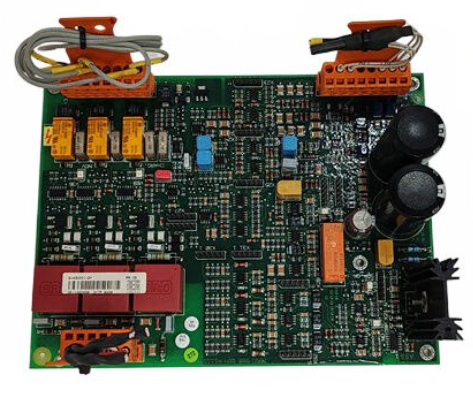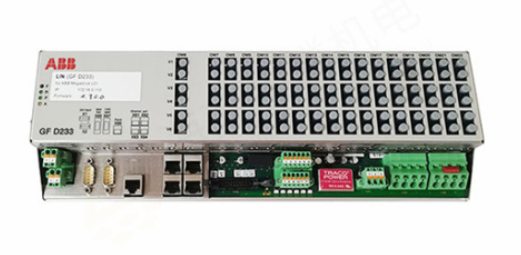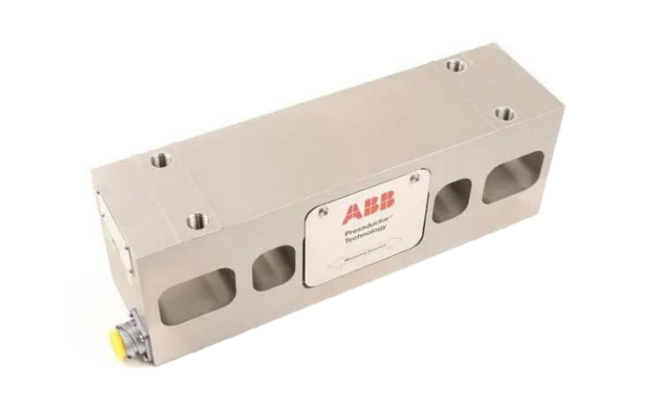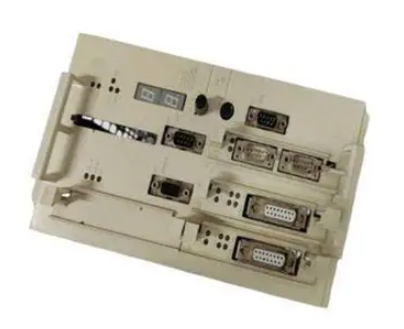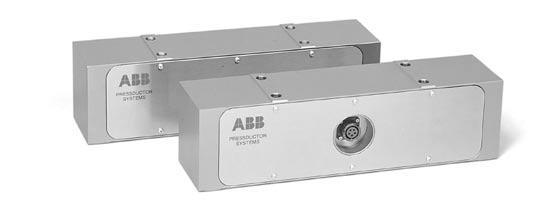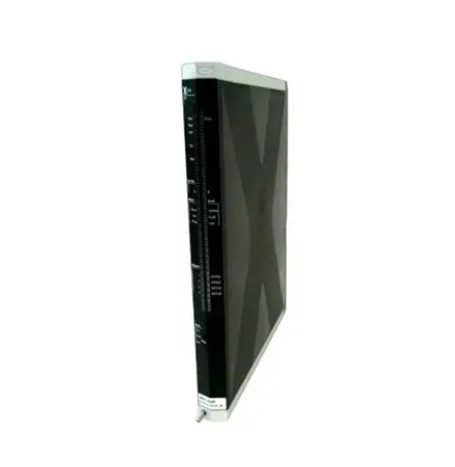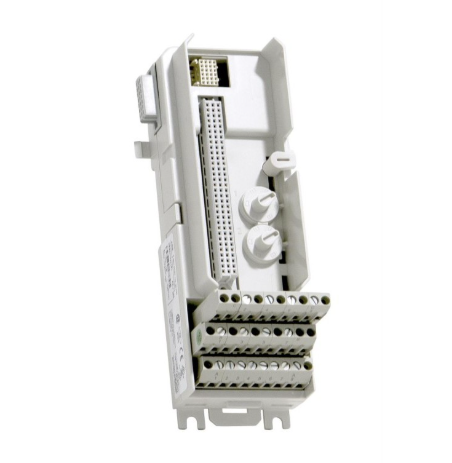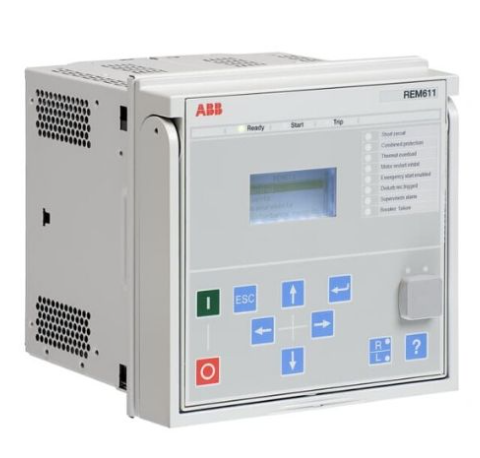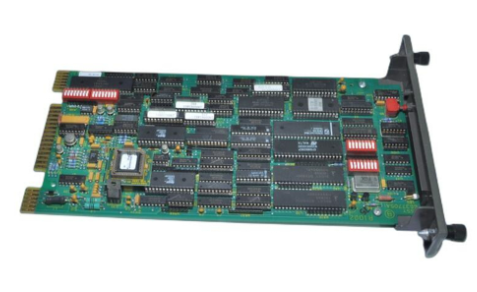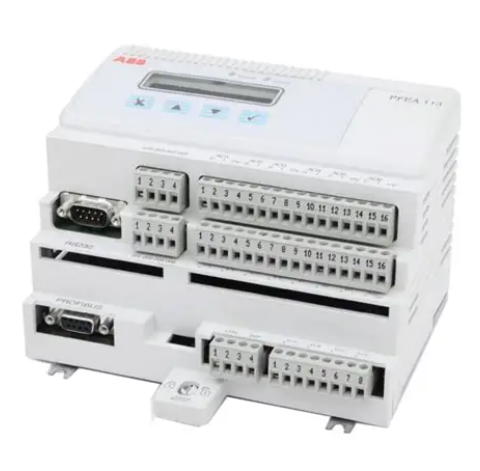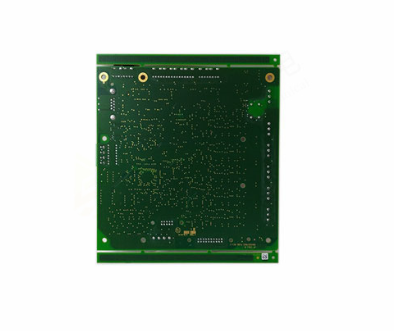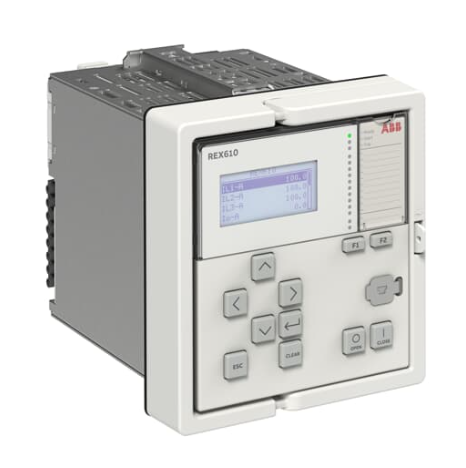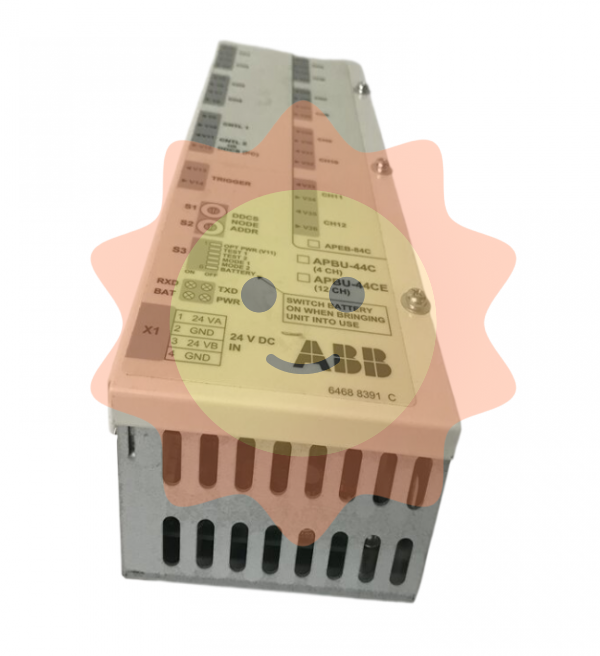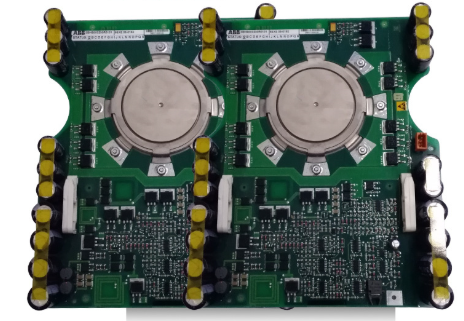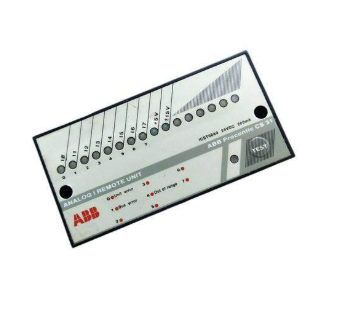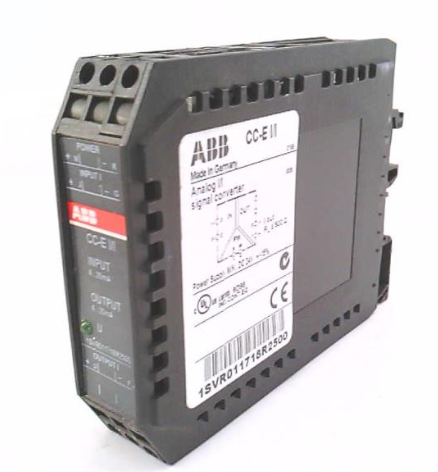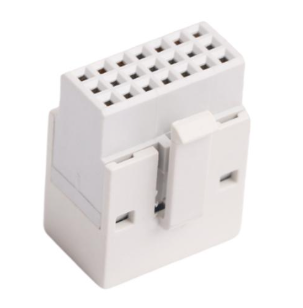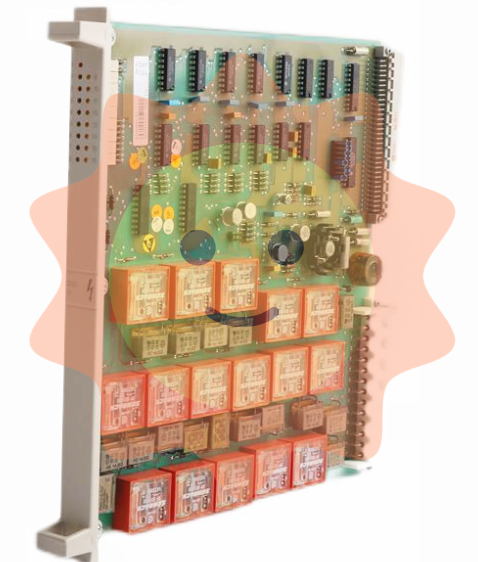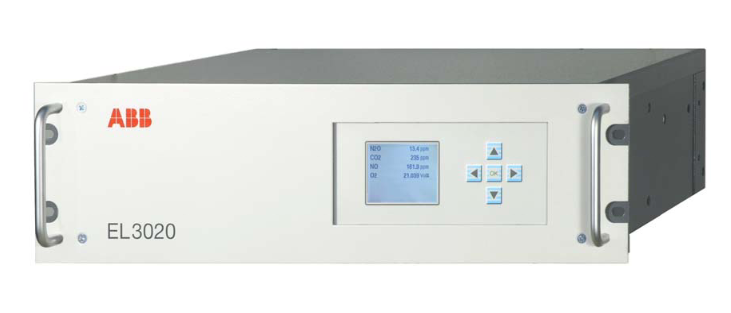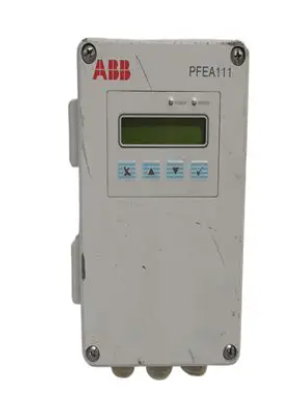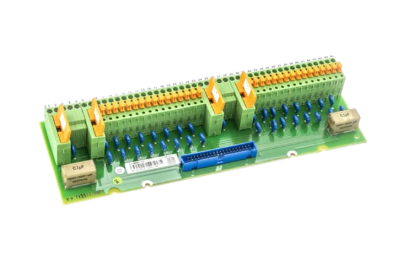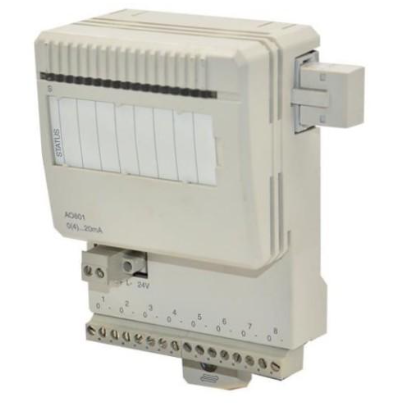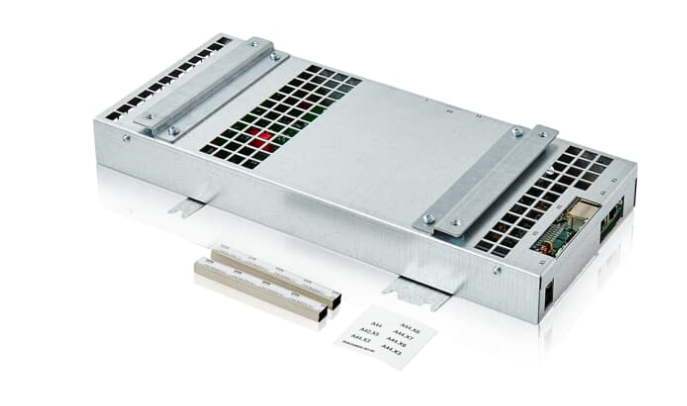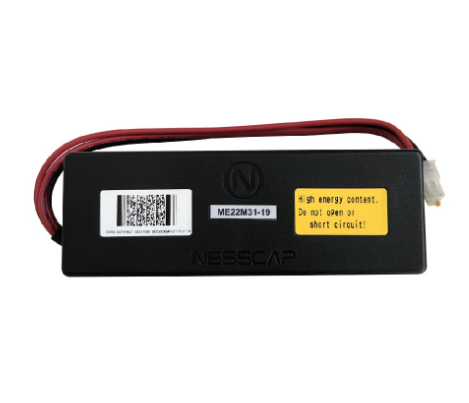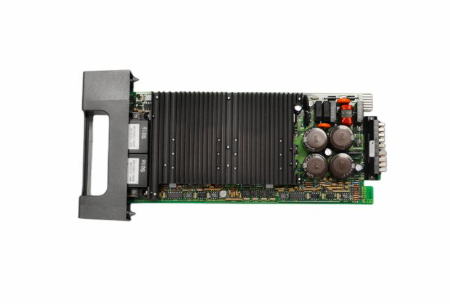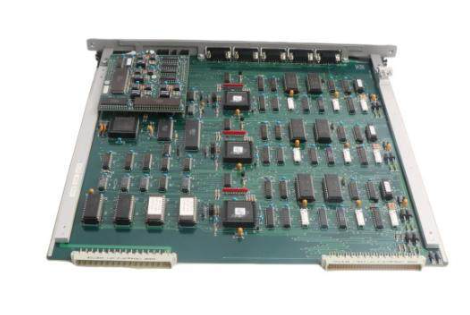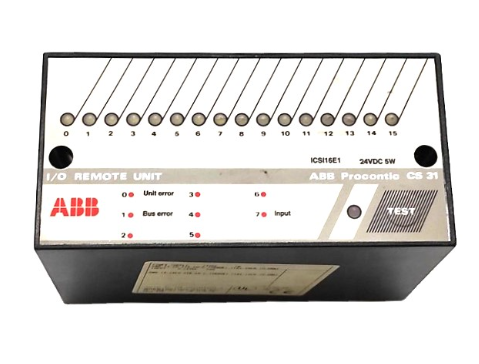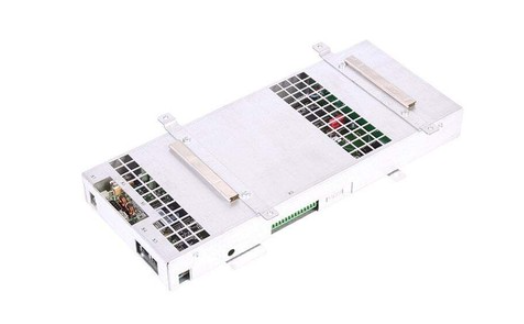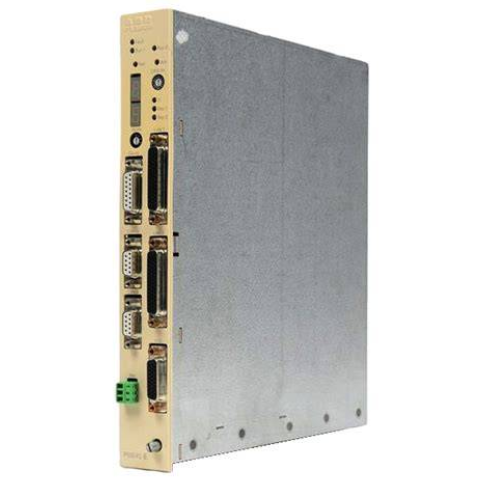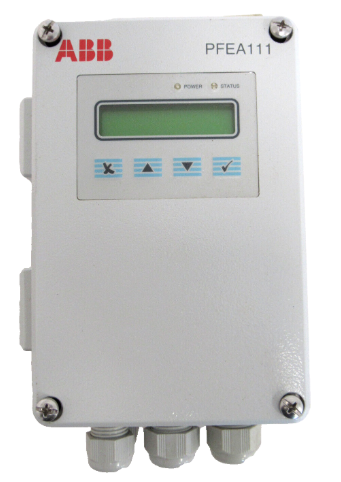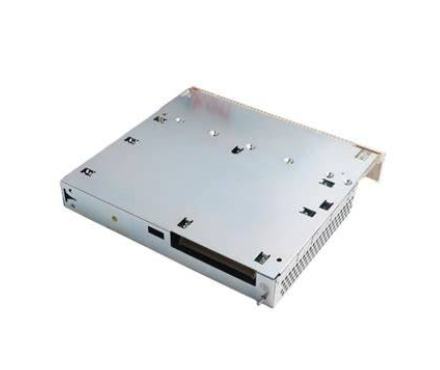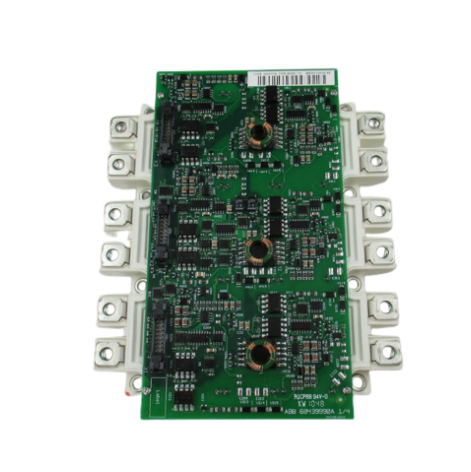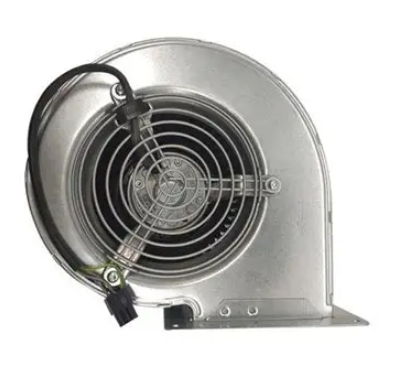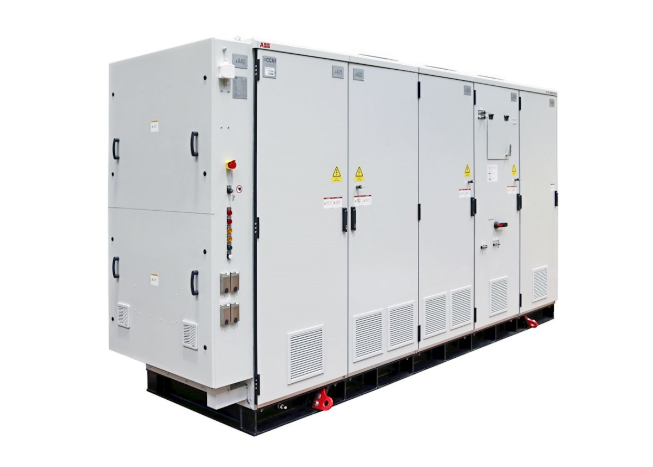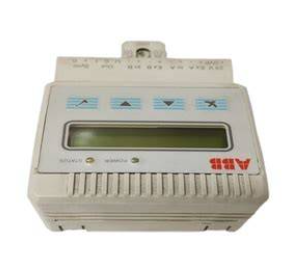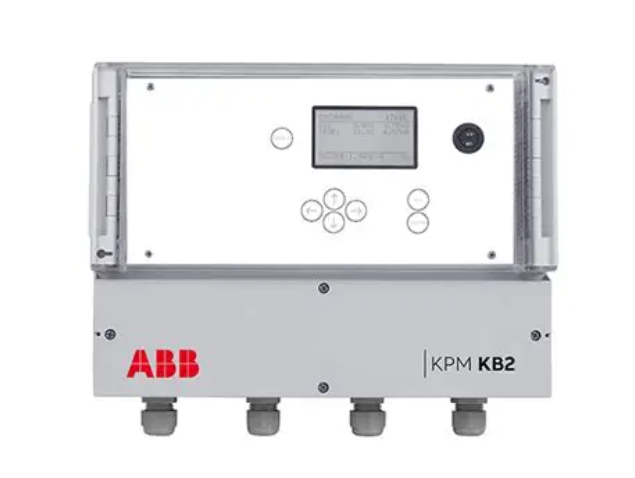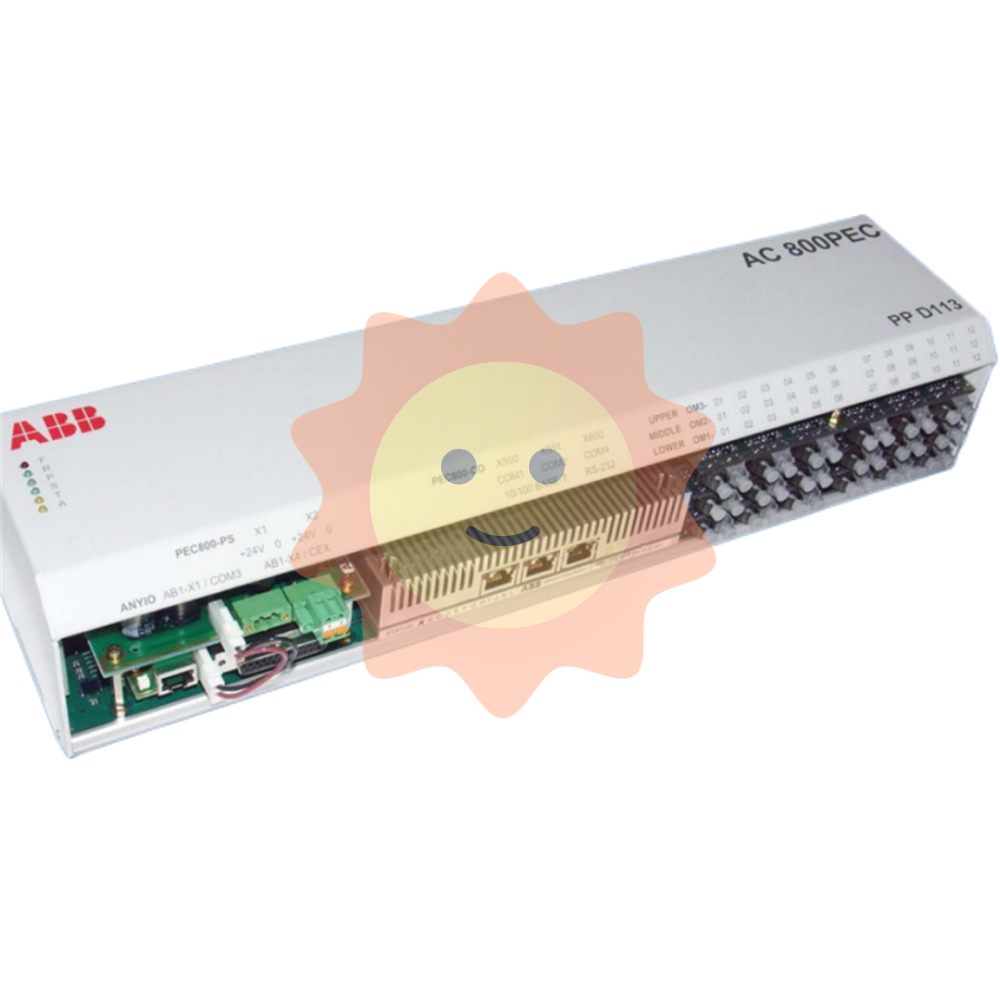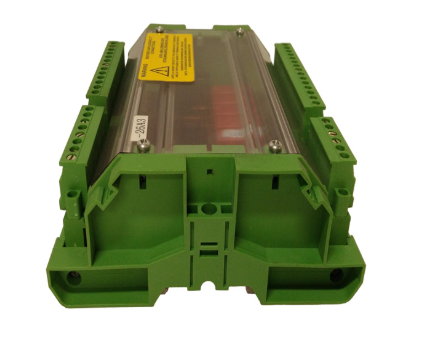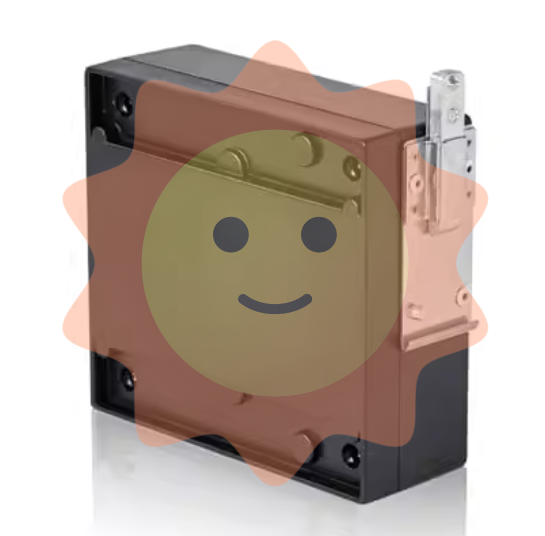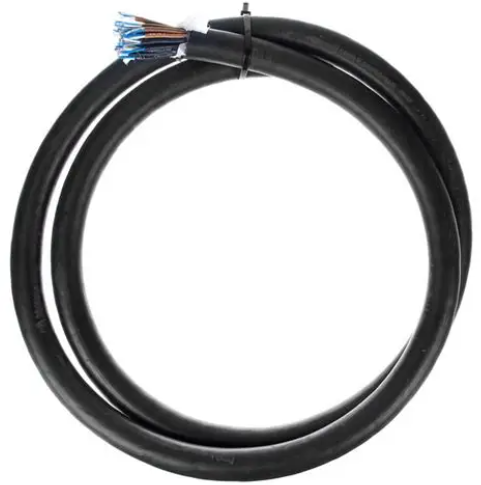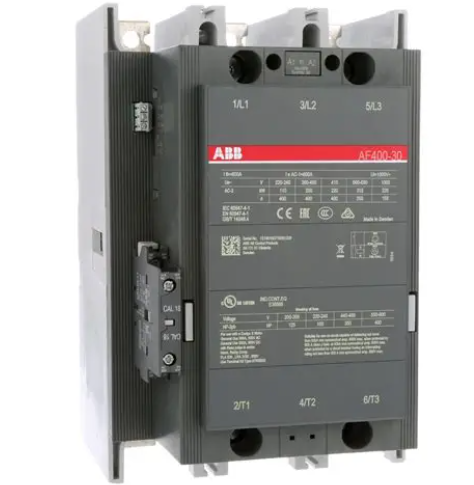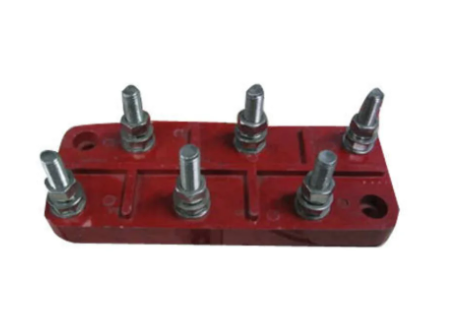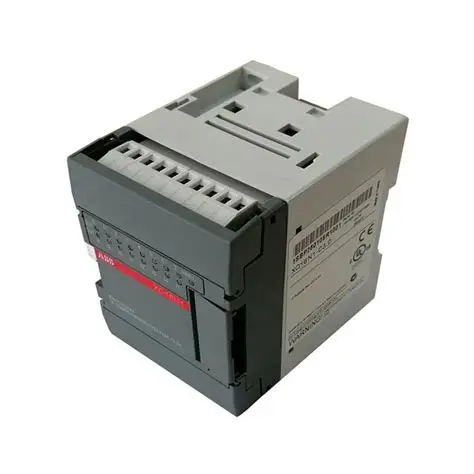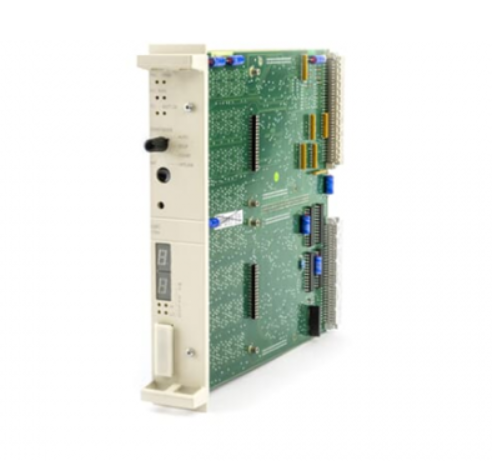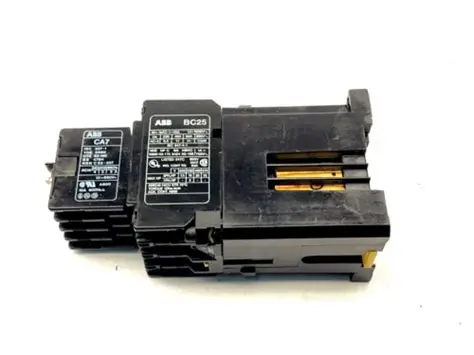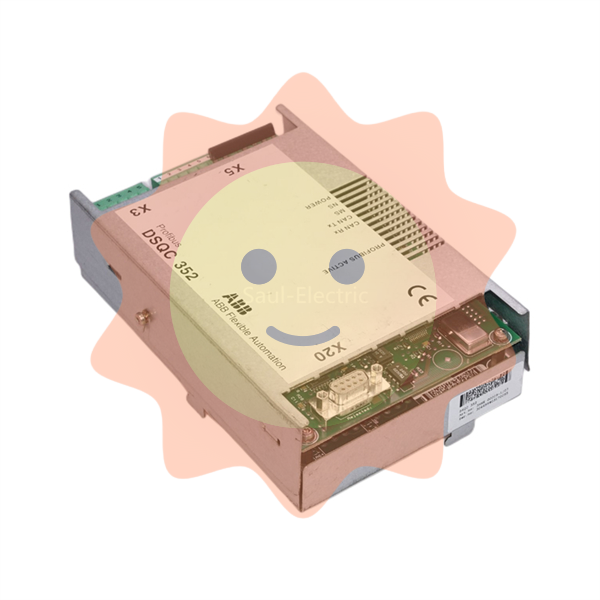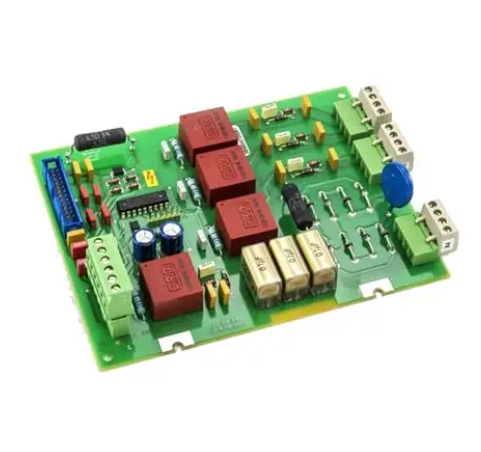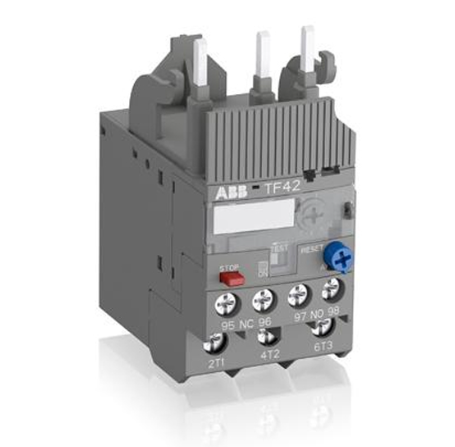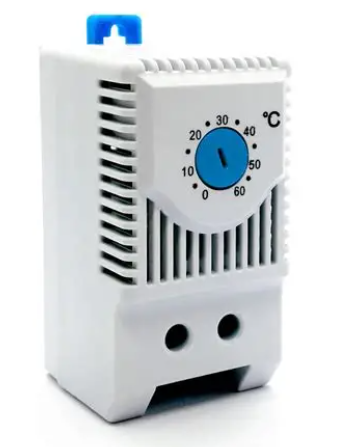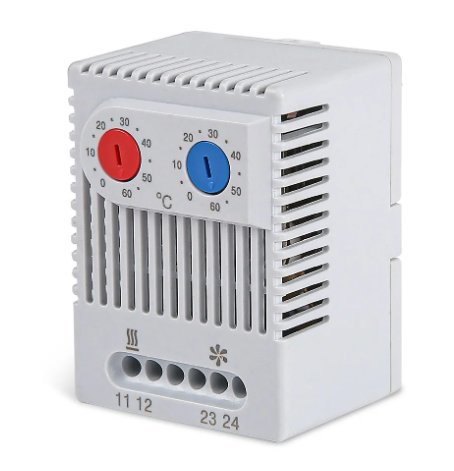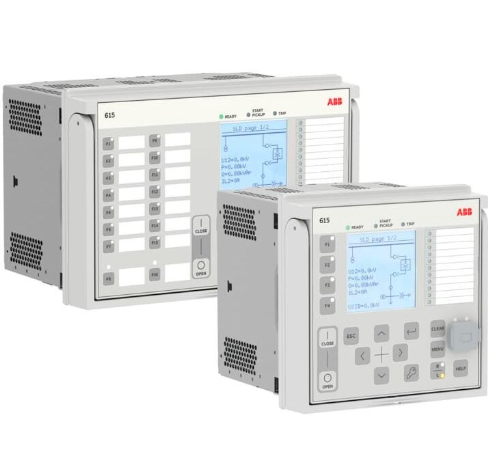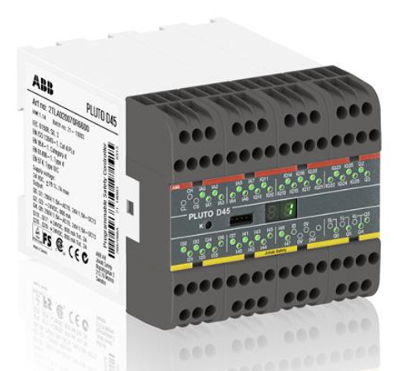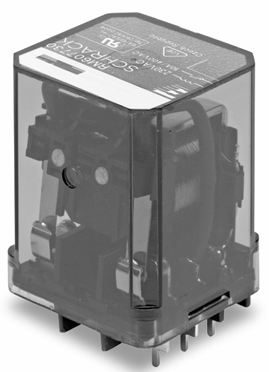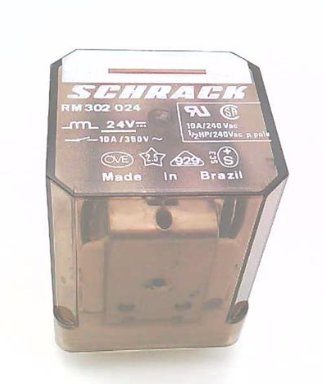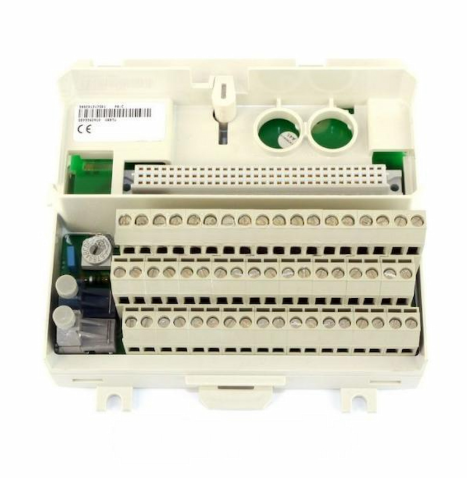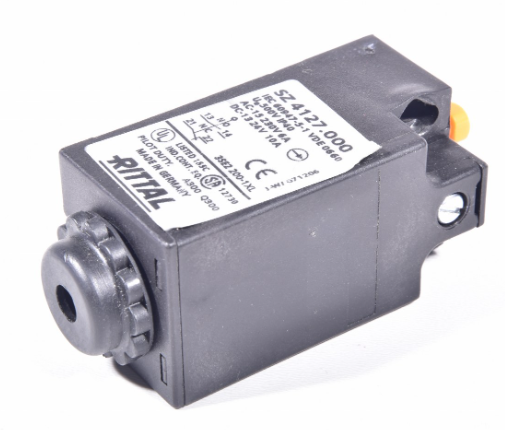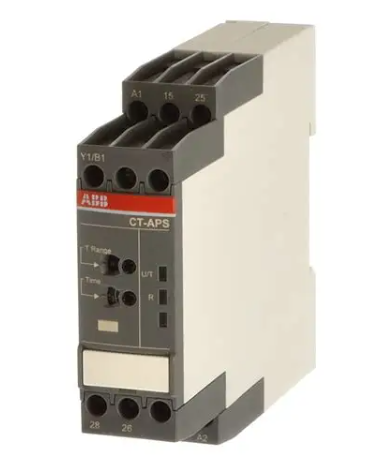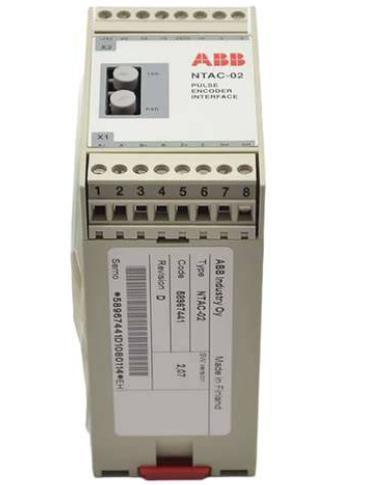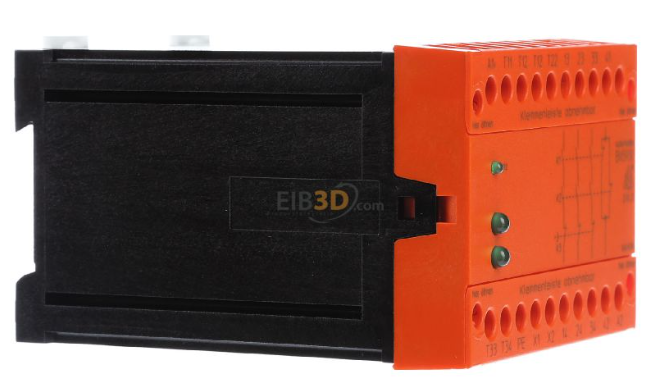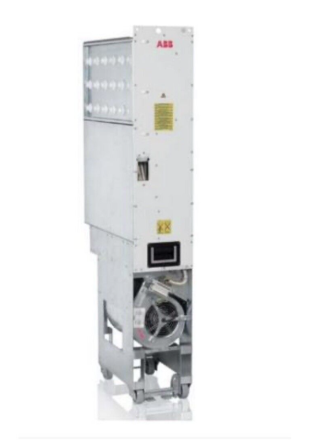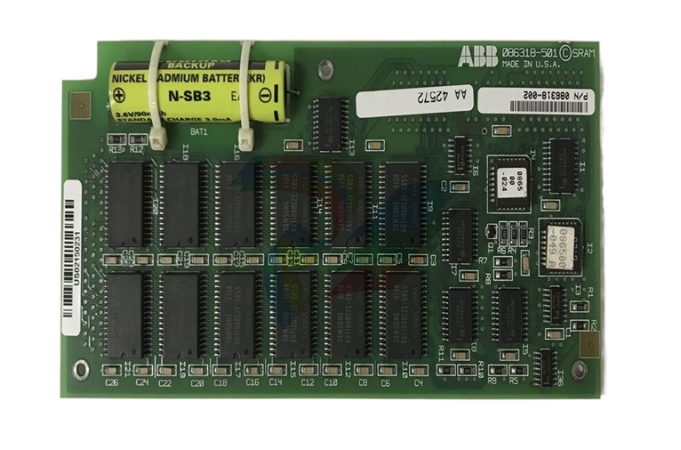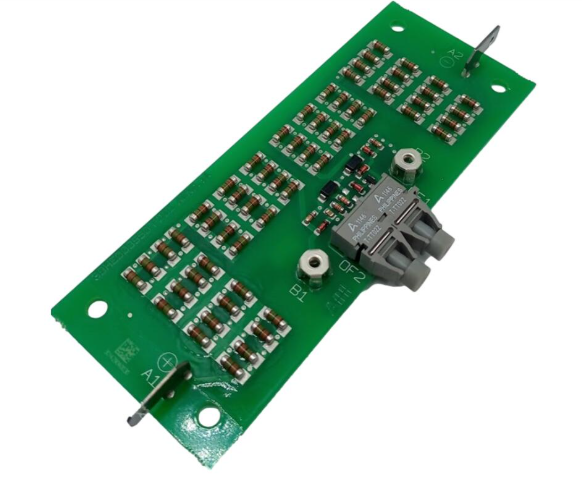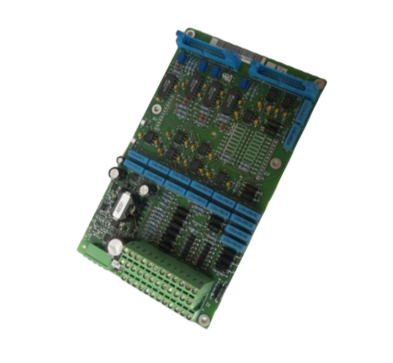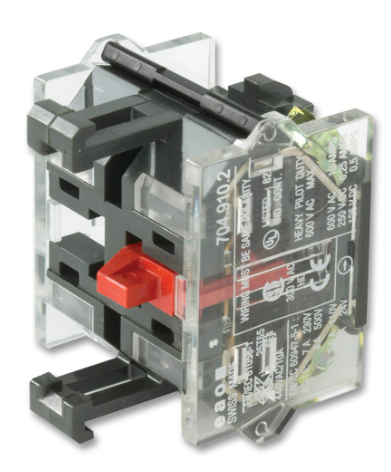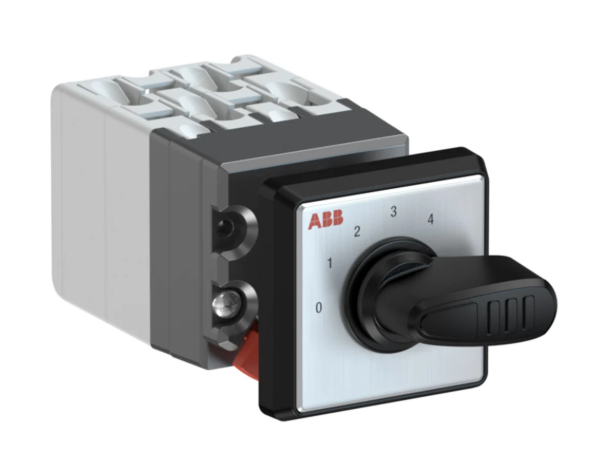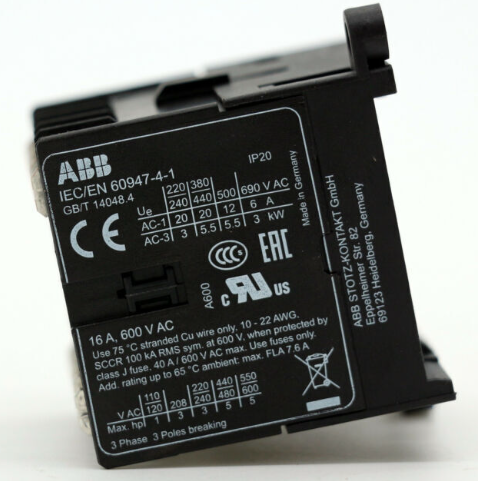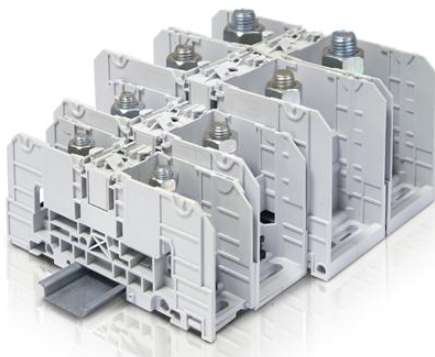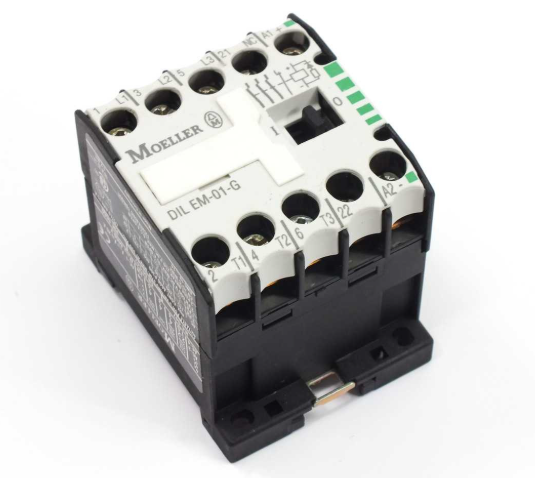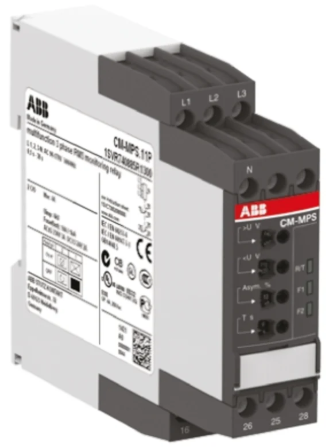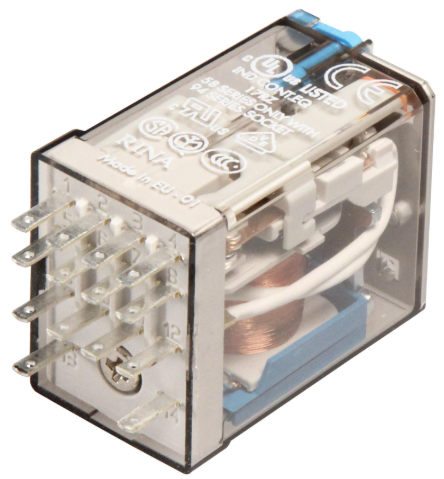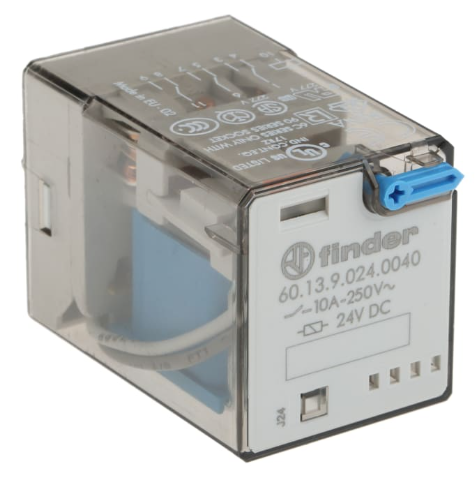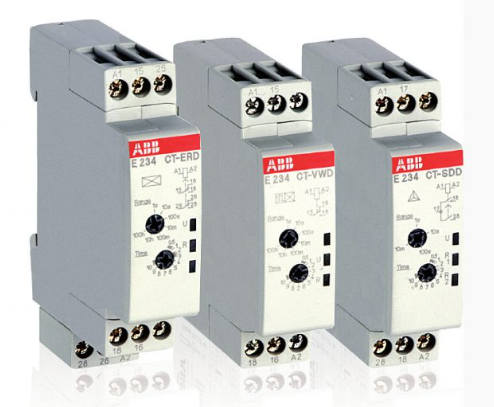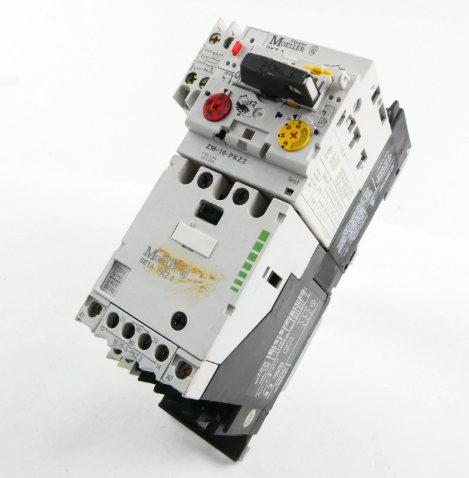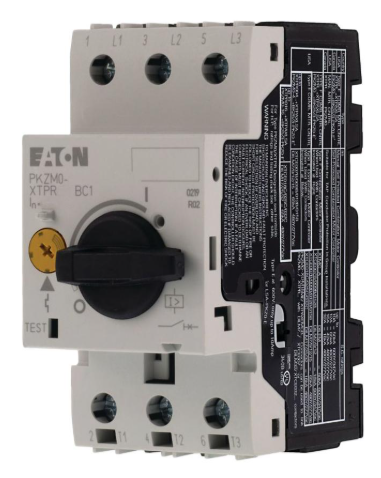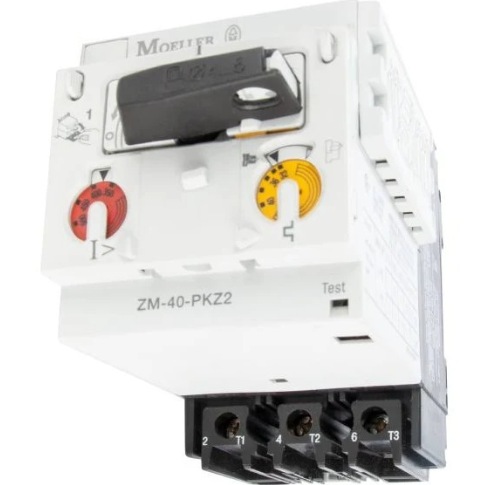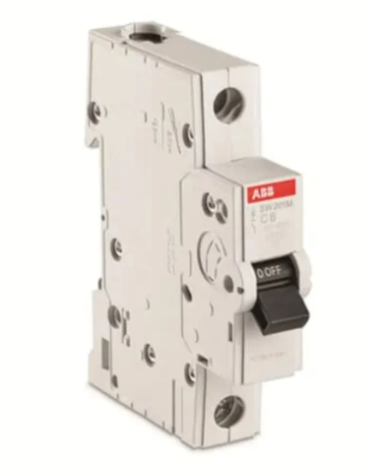AB 1785 PLC-5 Programmable Controller System
AB 1785 PLC-5 Programmable Controller System
System Overview: PLC-5 programmable controller system can be connected to a variety of devices, support EtherNet/IP, ControlNet, DeviceNet and other networks, with a variety of programming languages and software tools to meet different user needs. Users need to draw the system block diagram according to the actual situation, determine the number of controllers and communication methods, and also can choose the hot standby programme to enhance system reliability.
Selection Steps
I/O Module Selection: Covering 1771, 1746, 1794 and other series, each series has different characteristics and application scenarios. 1771 series has a wide range of types, with input and output modules of different voltage levels and number of channels; 1746 series is SLC 500 I/O, which can be connected to ControlNet through specific adapters; 1794 FLEX I/O is cost-effective and supports various networks. The 1794 FLEX I/O is cost-effective and supports a wide range of networks.
Communication network options: Includes NetLinx networks (e.g., EtherNet/IP, ControlNet, DeviceNet) and serial networks (e.g., RS-232, DH+) EtherNet/IP is Ethernet-based and Web-enabled; ControlNet provides high-speed deterministic communication; DeviceNet reduces wiring; serial networks are used for device-specific connections. DeviceNet reduces wiring; serial networks are used for device-specific connections.
Controller Selection: It is divided into ordinary PLC-5, EtherNet PLC-5, ControlNet PLC-5, etc. Different types have differences in memory, I/O capability, network interface, etc. Users need to select according to system requirements. Users need to choose according to the system requirements, and can also be equipped with EEPROM and battery, and at the same time to consider the frame selection, installation size and power supply selection.
Software selection: Programming software such as RSLogix 5 for application programming; communication software RSLinx for device communication; network configuration software RSNetWorx for configuration of network parameters; and software such as RSLogix Emulate 5, as well as relevant training courses and work instruction materials.
Special features
Powerful connectivity: It can connect to devices within the range of EtherNet/IP, ControlNet, DeviceNet, SLC 500, ControlLogix, MicroLogix, etc., and also communicate with computers, servers, etc., which realises a wide range of device interconnections and meets the needs of device connectivity in different industrial scenarios. Supporting a variety of network interfaces, users can choose the best network configuration according to the actual needs, to achieve control and information data routing between different networks, to ensure the efficient operation of the system.
Flexible network communication: The NetLinx network architecture (EtherNet/IP, ControlNet, DeviceNet) enables seamless integration of all components in the system, reducing installation costs and improving efficiency. etherNet/IP is Ethernet-based and web-enabled, making it easy to create customised web pages to provide process information; ControlNet provides high-speed, deterministic I/O transfer for control scenarios requiring high real-time performance; DeviceNet reduces wiring and system complexity. It supports serial network connection, such as RS-232, RS-423, RS422A, and can communicate with specific devices through DF1 and ASCII protocols, which is suitable for devices that do not require high communication speed but need simple connection.
Rich programming and software support: support for a variety of programming languages, such as Structured Text (ST), Function Block (FB), Sequential Function Flowchart (SFC) and Ladder Diagram, to meet the programming habits of different users and application requirements, convenient for users to carry out program development, maintenance and troubleshooting. A variety of software tools are provided, RSLogix 5 for application programming, RSLinx for inter-device communication, RSNetWorx for network parameter configuration, RSLogix Emulate 5 for simulation debugging, and ViewAnyWare to meet the needs of monitoring and operation at different levels.
Variety of controllers: According to different application scenarios and needs, we provide various types of controllers, such as common PLC-5, EtherNet PLC-5, ControlNet PLC-5, etc.. Different types of controllers differ in memory size, number of I/O points, network interface, backplane current load, etc., so users can choose flexibly according to actual needs. Some of the controllers have special functions, such as ControlNet PLC-5 controller supports hot standby programme, in which the second controller can take over the control outputs quickly when the main controller is down to ensure the stability and reliability of the system.
Abundant I/O Module Types: There are many types of I/O modules, including 1771, 1746, 1794, 1797, 1791D, etc., each with different voltage levels, channel numbers and functional features, which can meet the input/output requirements of various industrial sites. 1771 series I/O modules are abundant in types, which cover a wide range of input/output modules in terms of voltage levels and signal types; The 1794 FLEX I/O is cost-effective and highly scalable, and the 1791D CompactBlock I/O is designed for small form factor applications with integrated DeviceLogix functionality.
- EMERSON
- Honeywell
- CTI
- Rolls-Royce
- General Electric
- Woodward
- Yaskawa
- xYCOM
- Motorola
- Siemens
- Rockwell
- ABB
- B&R
- HIMA
- Construction site
- electricity
- Automobile market
- PLC
- DCS
- Motor drivers
- VSD
- Implications
- cement
- CO2
- CEM
- methane
- Artificial intelligence
- Titanic
- Solar energy
- Hydrogen fuel cell
- Hydrogen and fuel cells
- Hydrogen and oxygen fuel cells
- tyre
- Chemical fiber
- dynamo
- corpuscle
- Pulp and paper
- printing
- fossil
- FANUC
- Food and beverage
- Life science
- Sewage treatment
- Personal care
- electricity
- boats
- infrastructure
- Automobile industry
- metallurgy
- Nuclear power generation
- Geothermal power generation
- Water and wastewater
- Infrastructure construction
- Mine hazard
- steel
- papermaking
- Natural gas industry
- Infrastructure construction
- Power and energy
- Rubber and plastic
- Renewable energy
- pharmacy
- mining
- Plastic industry
- Schneider
- Kongsberg
- NI
- Wind energy
- International petroleum
- International new energy network
- gas
- WATLOW
- ProSoft
- SEW
- wind
- ADVANCED
- Reliance
- YOKOGAWA
- TRICONEX
- FOXBORO
- METSO
- MAN
- Advantest
- ADVANCED
- ALSTOM
- Control Wave
- AB
- AMAT
- STUDER
- KONGSBERG
- MOTOROLA
- DANAHER MOTION
- Bently
- Galil
- EATON
- MOLEX
- Triconex
- DEIF
- B&W
- ZYGO
- Aerotech
- DANFOSS
- KOLLMORGEN
- Beijer
- Endress+Hauser
- MOOG
- KB
- Moxa
- Rexroth
- YAMAHA
- Johnson
- Westinghouse
- WAGO


Email:wang@kongjiangauto.com


